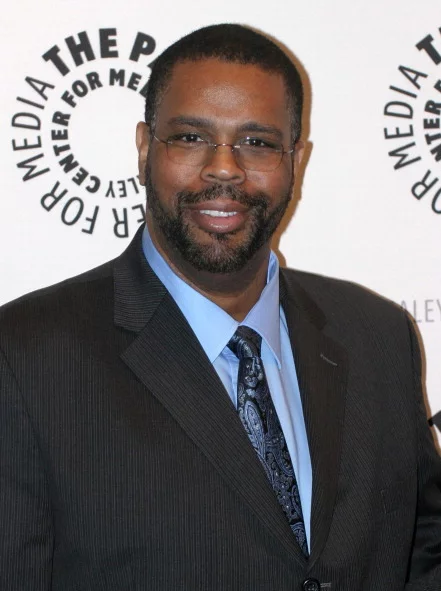By Cameron Kerkau, Staff Reporter.
When “The Dark Knight Returns” was released in 1986 it signaled a change in tone for Batman, and for comic books in general. With writer and artist Frank Miller’s dark and psychologically complex Batman, the image of Adam West dancing in his light-blue and gray tights was washed out of collective memory. Fans were no longer interested in stories about cosmic adventure and whimsical crime fighting—not while Miller and Alan Moore were talking about real issues like drug addiction and the Soviets. The influence of the “Dark Knight Returns” continues even today. Zack Snyder, the director on the upcoming film “Batman V Superman: Dawn of Justice,” has said that his film has taken a lot of inspiration from “The Dark Knight Returns.” A sequel to the book was released in 2001, and a second sequel began it’s serial release late last year.
In the beginning of the book we find a Bruce Wayne that is aged and retired, and a Gotham city that’s as grimy as ever—all while a heat wave inspires numerous violent crimes. A stream of television news screens constantly remind us, and the people of Gotham, just how terrible the state of the world is. These screens appear on just about every page and while they successfully immerse the reader into Miller’s world, they also clutter the page and add paragraph upon paragraph of unnecessary exposition.
When we first meet Bruce, we witness his internal struggle to suppress Batman who exists as a monster in Bruce’s psyche that is constantly trying to free itself. Eventually, the actions of street gangs and a recently-released Two-Face inspire Bruce to free the Batman and thus the Dark Knight returns. At first, Batman appears as a horror figure. We only see his hands as he pulls murderers through windows or beats pimps half to death in the back of taxis while neon blue lightning cracks the sky.
These scenes culminate in a satisfyingly beautiful full-page image of Batman leaping through a gray sky exclaiming “The pain on my chest is a Baptism.” Moments like these are where this book is at it’s best. Miller’s Batman broods like a champion. His thought boxes are filled with ridiculously over-written monologues which makes being Batman seem like an emo-spiritual, euphoric experience for Bruce. For example: he tackles Two-Face through a window and his thoughts read “We tumble like lovers,” it’s grim, it’s uber dark and it’s a lot of fun.
The fun was ruined however, when I read on and realized how serious he takes his own story. Sub-plots upon sub-plots are added with very little pay off and it eventually becomes clear that Miller is much more interested in his own opinions and pessimistic views of the world than he is in the characters that he’s writing. Page after page he shows us the worst of people. There are many scenes in which reporters interview citizens of Gotham, portrayed as spoiled hypocrites. In one such interview, a man says “Yes, of course I’d heard about the bomb. But I’ve got problems of my own,” referring to a nuclear warhead that explodes above the Americas.
I didn’t expect to enjoy Miller’s Batman in the way that I did. I’ve always felt that comic books that take themselves too seriously lose a sense of self-awareness which I think is important to have when writing about characters that fly around in tights. However, being dark and being serious don’t have to be the same thing. Miller’s Batman is so dark that it’s silly, and that’s fun for me, but Miller seems to think that the ultra-grim society in which he exists is somehow representative of the real world, and that’s idiotic. I would have really liked “The Dark Knight Returns” if it focused more on developing Batman and didn’t use up so much space having citizens saying dumb things to reporters. Hopefully I’ll find more of what I like in either of the two sequels.

